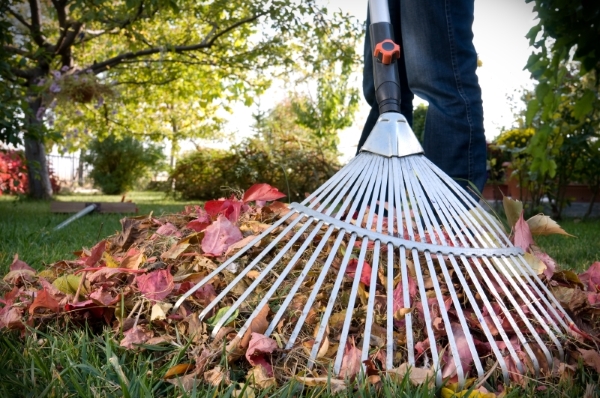The Importance of Leaf Removal
While fall is the busiest season for leaf cleanup, some trees hold onto their leaves well into winter. Regular leaf removal allows your lawn to breathe easy and prepares it to thrive throughout the winter. A few scattered leaves won’t cause any harm but letting them pile up can lead to future damage.

Leaves Block Light
Grass needs sunlight and oxygen to stay healthy, especially as the seasons transition into cooler weather. When leaves blanket your lawn, they limit this essential light, causing increased stress. Keep leaves in control so your lawn can take full advantage of nutrients during fall and get consistent results through winter.
Leaf Litter Holds Moisture
Leaves trap moisture and slow down evaporation. This creates a damp environment that promotes a cycle of decay and fungi growth. Regular clearing keeps your lawn resilient and ready for nutrients.
Leaves Create Bare Spots
Piling leaves can thin your grass, leading to bare spots and eventual weeds. By spring, invasive weeds take over these weakened areas of turf. Keep up with leaf removal to maintain a dense, weed-resistant lawn. Our recommendation? Remove leaves weekly to keep your lawn looking its best!
Mulching Leaves for Your Flower Bed
Done right, mulching leaves can add nutrients and organic matter to your soil. Here’s how to mulch for success:
- Mow high using the mulching setting on your mower (3.5-4 inches) and target dry leaves only.
- Mulch weekly, starting early in the fall while soil is warm for faster decomposition.
- If using a leaf blower or rake, remember to be gentle with young grass, especially after aeration and seeding.
Keeping leaves under control is key to a healthy, beautiful lawn all year. Make the local choice to get the most out of your lawn care—let Virginia Green help you get started with a free estimate.
